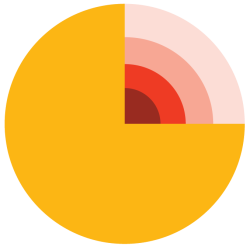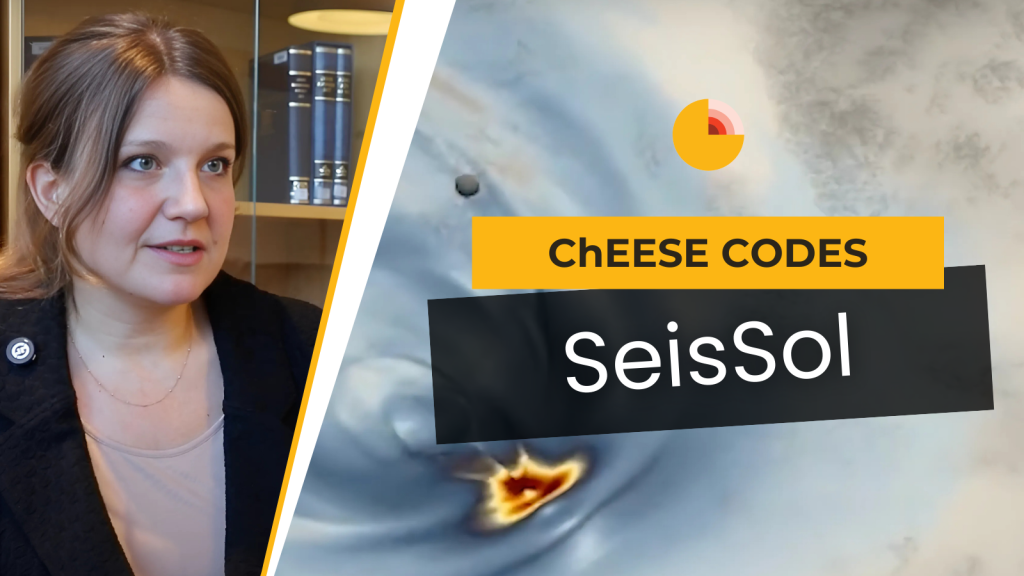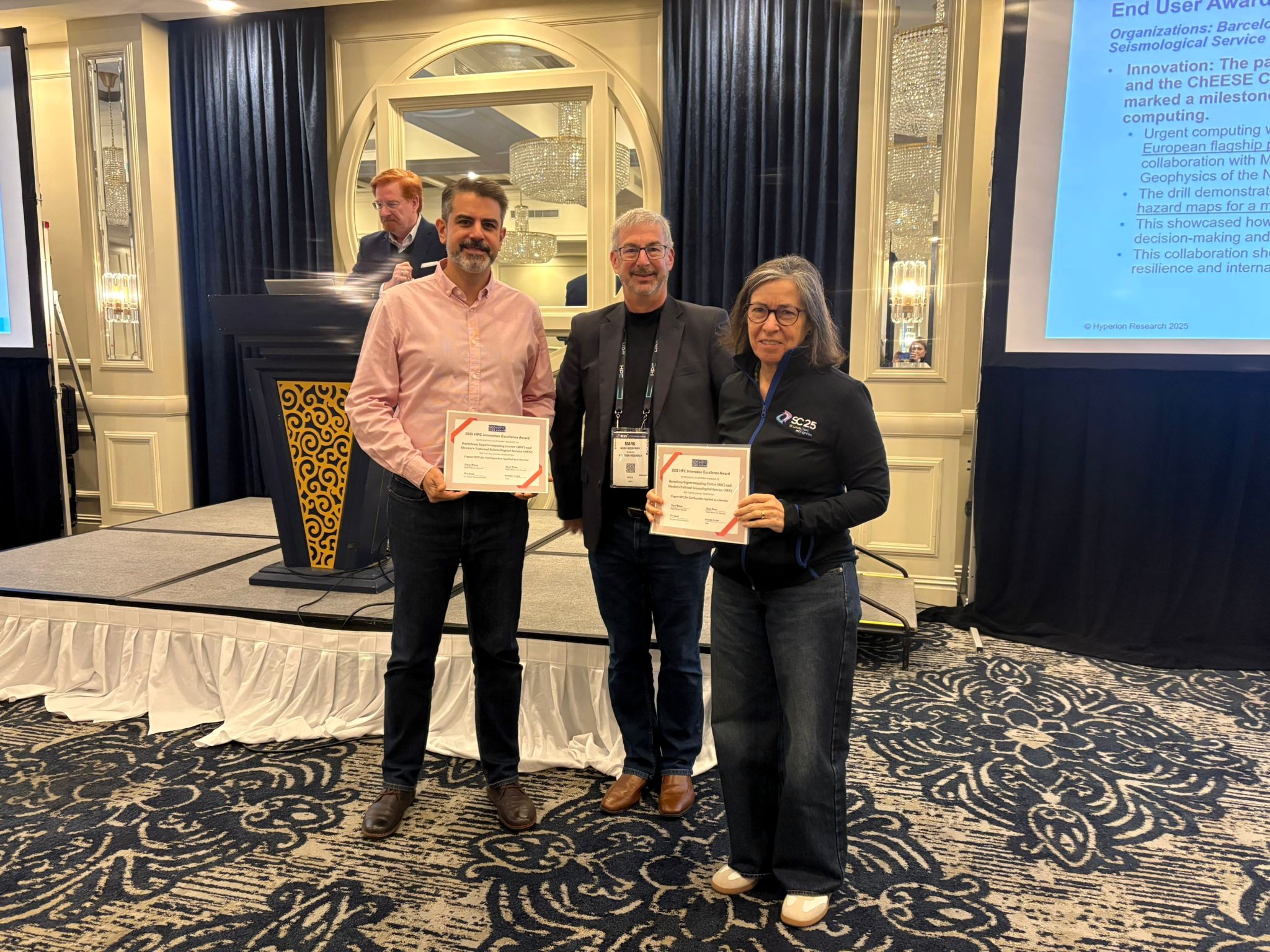By integrating cutting-edge computational power and deep scientific insight, the seismologist Alice Gabriel is reshaping how we understand earthquakes. A Guest Professor of Earthquake Physics at LMU Munich, Germany, and an Associate Professor of Geophysics at the Scripps Institution of Oceanography at UC San Diego in the United States, Alice Gabriel also serves as a principal investigator in the ChEESE Project. Her work with SeisSol, a seismic simulation code, is bringing unprecedented clarity to the complex dynamics of earthquakes and their ripple effects on Earth systems.
“SeisSol stands for Seismic Solver. It was originally developed to be the most accurate code for modelling seismic waves—those that shake the ground and travel through the Earth. Over the last decade, we’ve been optimising it to make it not only accurate but also computationally efficient, and we’ve expanded its scope to include the physics of earthquakes”, says Gabriel.
SeisSol now does more than model ground shaking. It examines the very origins of seismic events—how earthquakes begin, rupture geological structures, and eventually stop. The code has also been extended to explore phenomena beyond the Earth’s crust, such as atmospheric sound waves, oceanic tsunami propagation, and even gravitational waves.
Dr Gabriel’s connection with SeisSol began in 2013 when she joined LMU Munich. Over the years, she and her collaborators have elevated SeisSol to an open-source powerhouse capable of harnessing the potential of supercomputers for groundbreaking research. “It’s been a great project,” she remarked. “Developing this for the community has allowed us to simulate scenarios and perform analyses that were previously impossible.”
SeisSol in Action
One of SeisSol’s most remarkable achievements lies in its ability to integrate observational data from earthquakes into its simulations. This capability allows scientists to compare real-world events with simulated models in extraordinary detail, providing deeper insights into the intricacies of seismic activity.
In the ChEESE Project, the SeisSol code plays a relevant role in linking the solid Earth science community with other disciplines. “We’re not just modelling seismic waves; we’re connecting SeisSol with other communities, such as tsunami modellers and scientists studying long-term tectonic evolution,” she said. The code’s versatility has also fostered collaborations across the globe, transforming it into a truly community-driven tool.
Recently, SeisSol has been used to model large-scale earthquakes, including the Ridgecrest Earthquake in California and the catastrophic events in Türkiye. “We’re trying to understand what drives earthquakes to jump between fault segments, which has major implications for seismic hazard assessments, building codes, and even tsunami modelling,” Dr Gabriel noted.
Beyond Science: Democratising Access
The ChEESE Project aims to democratise access to supercomputing resources, a mission that resonates deeply with Alice Gabriel. “High-performance computing can be a barrier, especially for early-career scientists or students with geology backgrounds who may not be fluent in programming,” she explained. “With open-source tools like SeisSol, we’re lowering that barrier, making it possible for anyone to contribute and benefit from these advancements.”
This approach is not only advancing science but also fostering societal benefits. By simulating earthquakes and their secondary effects with unparalleled precision, SeisSol is helping engineers, urban planners, and policymakers better understand and mitigate risks. “Projects like ChEESE enable us to scale our research to levels that would be impossible without supercomputing,”.
Visualising Complexity
The scale and precision of SeisSol simulations often lead to technical challenges, such as managing the massive datasets produced. A recent simulation, for example, generated 50 terabytes of seismic wavefield data. “We couldn’t even visualise the waves when we published our Nature paper,” Dr Gabriel admitted, underscoring the technical hurdles of working at the frontier of computational science.
Despite these challenges, the impact of SeisSol is evident. From informing tsunami early-warning systems to exploring earthquake-induced deformations on other planets, the code exemplifies how advanced computation can bridge gaps between disciplines and drive innovation.
As Gabriel puts it, “ChEESE and SeisSol are not just tools for scientists—they are game-changers for society, helping us better prepare for natural disasters and understand the Earth’s most powerful processes.”
For a deeper dive into SeisSol and its transformative impact, watch the video below.
Published: 17.02.2025
By Aerton Guimarães and Varvara Vedia
From the ChEESE-2P Dissemination Team



